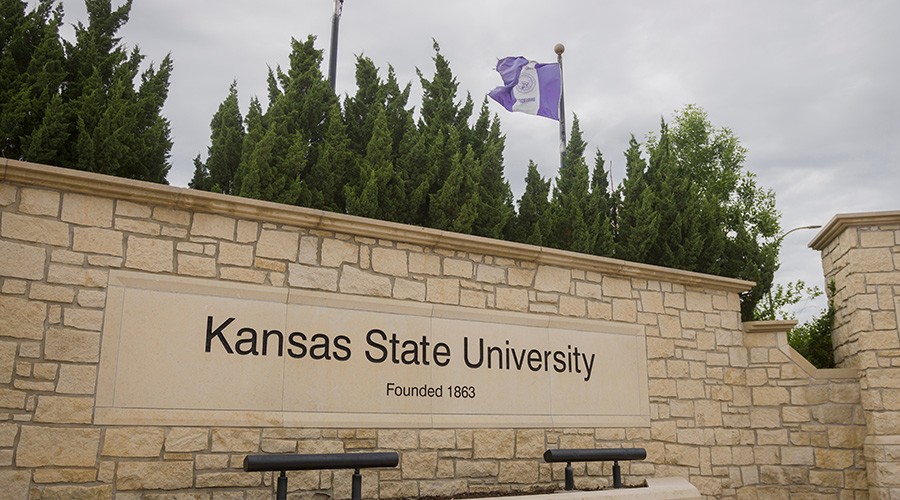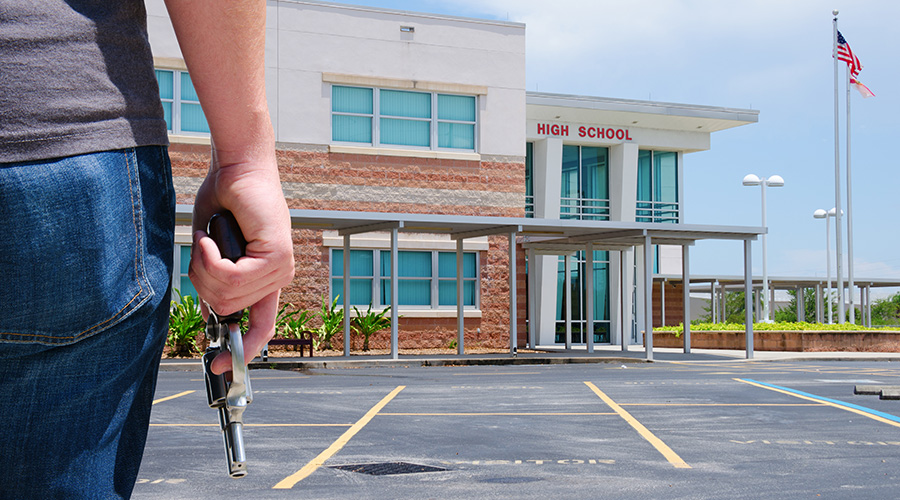
Kansas Demolishing Troubled Higher Education Buildings
A preliminary list of nearly 40 state university buildings tagged for demolition could lead to $250 million in cost avoidance on repairs January 9, 2024
By Dan Hounsell, Senior Editor
If you can’t beat ‘em, join ‘em.
While officials responsible for Kansas higher education facilities probably never said those words, their actions have reflected their spirit as they take steps to deal with seemingly insurmountable deferred maintenance challenges in their buildings. After struggling for decades with the issue, state officials have made the decision to demolish aging buildings instead of continuing to fund repairs.
The Kansas Board of Regents recently allocated $16.5 million appropriated from the state treasury to turn to rubble 500,000 square feet of obsolete buildings on university campuses, according to the Kansas Reflector. After the dust clears from removal of those 20 buildings, officials said, the work would eliminate an estimated $80 million in deferred maintenance obligations.
A preliminary list of nearly 40 state university buildings tagged for demolition in the future could lead to $250 million in cost avoidance on repairs to roofing, electrical, plumbing, heating, cooling and other systems that deteriorate over time, says Chad Bristow, director of facilities for the board of regents.
The active demolition list included the $3.4 million project to take down Kansas State University’s natatorium and gymnasium, which closed in 2020 due after receiving D and F condition grades.
The University of Kansas spent about $1.7 million to demolish the Oliver Residence Hall in January. Approximately $750,000 was budgeted to drop the Eleanor Taylor Building on the KU Medical Center campus in Kansas City, Kansas. Pittsburg State University earmarked $1.5 million to get rid of Shirk Hall. Wichita State University planned to use $750,000 to eliminate Brennan Hall, while Emporia State University has dedicated $1 million to collapse Butcher Educational Center.
Dan Hounsell is senior editor for the facilities market. He has more than 30 years of experience writing about facilities maintenance, engineering and management.
Next
Read next on FacilitiesNet












